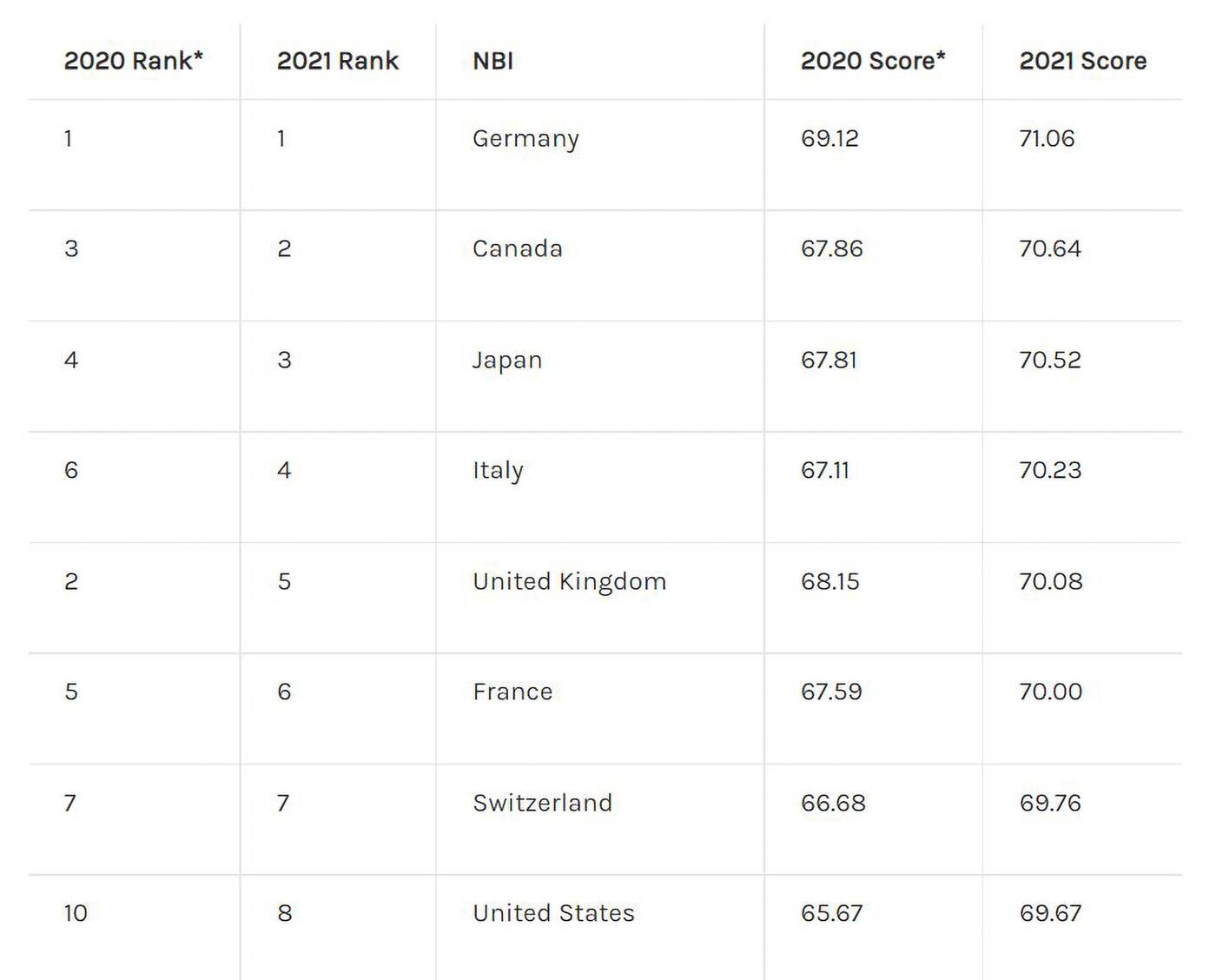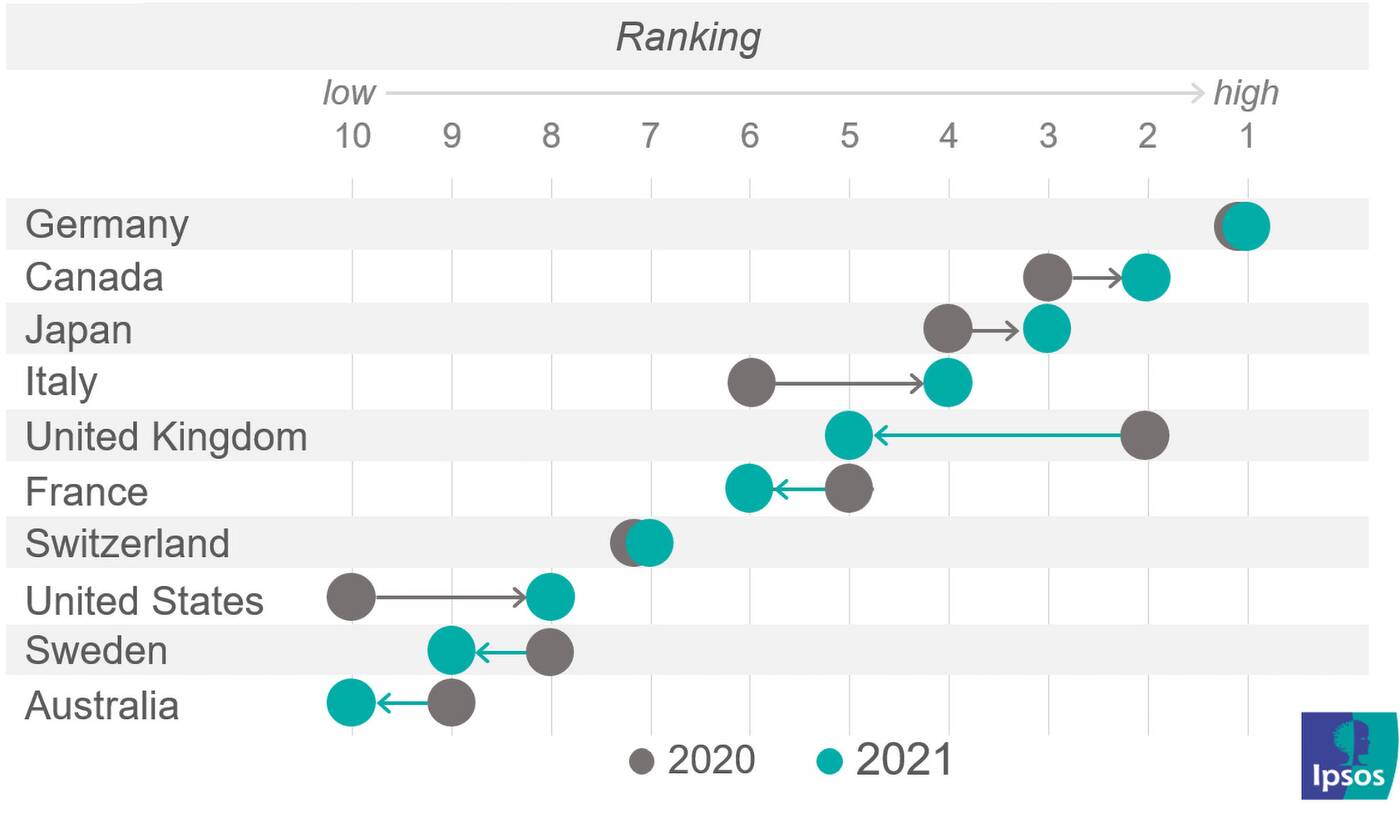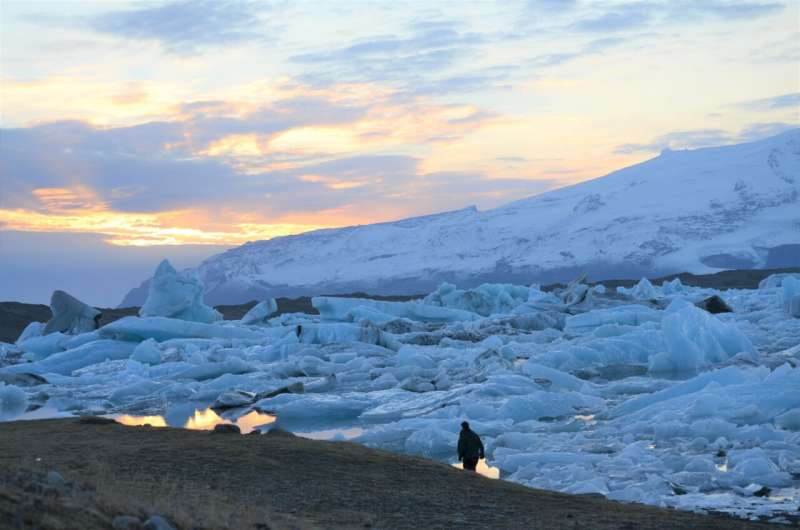How 250 people helped rescue a man trapped for 53 hours in one of Britain's deepest caves
Injured caver slowly brought up 'a mile or two' by stretcher through steep, wet and winding passages

Article content
An injured man trapped underground in a cave in the famed Brecon Beacons hills has been rescued after a complex, two-day mission involving around 250 specialist rescuers.
Advertisement
Article content
The man, thought to be in his 40s and an experienced caver, fell shortly after noon on Saturday while caving in Ogof Ffynnon Ddu near Penwyllt, a hamlet 30 kilometres northeast of Swansea in Wales
His injuries — a broken jaw, broken leg and damage to his spine — meant he wasn’t able to help himself. He is said to be in good condition in hospital in Swansea, having been brought out at about 7:45 p.m. on Monday.
A fellow caver called emergency services, and specialist cave and mountain rescuers — from across the U.K., some who also assisted in the Thai cave rescue in 2018 — also showed up. Of the 16 rescue teams in the British Isles, around 10 sent personnel to help, providing stretcher carrier support, preparing routes and bringing in supplies.
Advertisement
Article co

Some 70 people assisted from underground, working in shifts to help carry him up using a stretcher, which had to be carried horizontally and vertically to manoeuvre through the passages.
The man was said to be in “remarkable spirits” throughout his ordeal.
“I spent two- to six-hour blocks with the injured caver and chatted to him most of the time,” Wales Online quotes Dr. Brendan Sloane of the British Cave Rescue Council. “Fair credit to the guy. He is a fit guy, and he is incredibly resilient.”
After he was lifted to the surface, he was clapped and cheered by rescuers helped into a cave-rescue Land Rover and transported down to a waiting ambulance. Foggy, wet conditions in the Brecon Beacons meant an air ambulance helicopter was unable to land.
Advertisemen
Article content
Spirits remained high in the SWCC headquarters, near the entrance to the cave, where dozens of rescuers huddled around hot drinks and food.
Teams of about 30 at a time set off from SWCC HQ up the mountain to the cave entrance to take over from their colleagues as they emerged into daylight. Some had been below ground for 12-hour stints, the Guardian reported.
Peter Francis, one of the rescuers and a member of the South Wales Caving Club (SWCC), told the BBC that the man was “an experienced, fit caver,” and his fall was just “incredibly unlucky,” Sky News said — “a matter of putting his foot in the wrong place at the wrong time,” when something moved out from under him.
His mental powers properly got him through
RESCUER PETER FRANCIS
The Ogof Ffynnon Ddu (The Cave of the Black Spring) system is one of the deepest and most complex in the U.K. and cavers need a permit from the SWCC to access it.
Advertisement
Article content
The rescue mission took almost 55 hours, making it the longest cave rescue ever undertaken in Wales, according to the BBC, as Francis said the man “was a mile or two underground in an awkward place.”
The Ogof Ffynnon Ddu cave system is the third longest in Wales. Some of the caves in the system are 275 metres below ground and stretch for more than 50 km, according to Wales Online. It’s been described as “intestinal.”
https://mobile.twitter.com/khargaoasis/status/1457720098857398276
“We often say in caving that an hour of caving equates to 10 hours of carrying a stretcher,” said Gary Evans of the South and Mid Wales Cave Rescue Team. “The main point is that the amount of effort that goes into training our rescuers really pays off for an instance like this.”
Startcaving.com claims that high-risk cavers run a one-in-3,332 chance of dying, compared with one in 60 for base jumping and one in 100 for grand prix motor racing.
Advertisement
Article content
“Its approx 61km of passages provide everything from huge chambers, beautiful formations, to yawning chasms and thundering river passages,” the SWCC says in an online description of the cave system.
“All the odds were against the caver, but his mental powers properly got him through,” Francis said. “He was in an awful lot of pain to begin with, until we could get the drugs to him.
“I’m absolutely impressed to no end how the teams worked together. A lot of them didn’t know each other and had never worked together before. And the fact they pulled this off — I’m absolutely thrilled.”
— with additional reporting by The Washington Post























